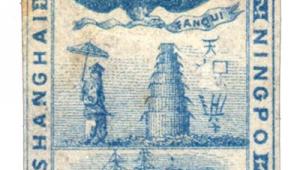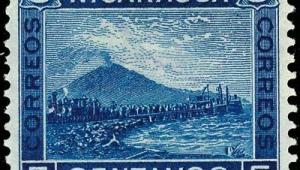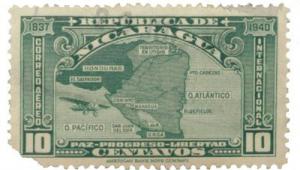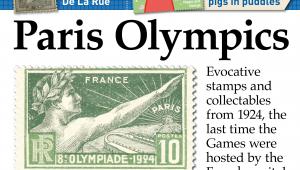Occupation Octagonals
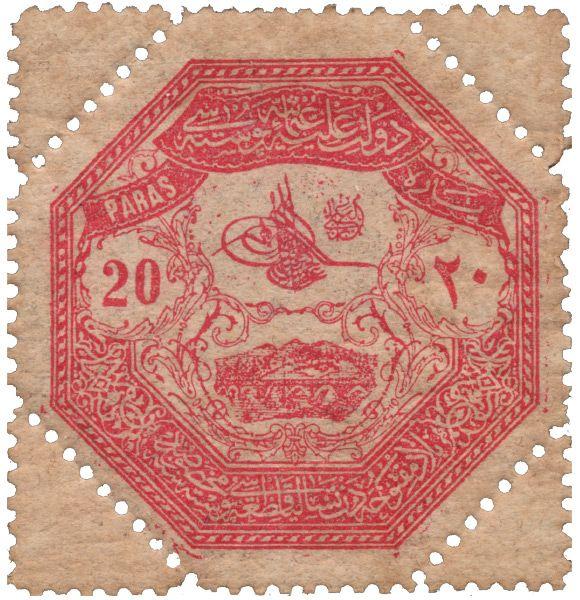
Occupation Octagonals
Produced for use by an occupying army which was already in full retreat, Thessaly’s one and only issue comprised the world’s first octagonal stamps
Report by Adrian Keppel
Thessaly 1898 20pa rose, one of five values in an issue which was distinctive but short-lived
Thessaly may be close to the centre of modern Greece, but it has a chequered history, not all of it Hellenic.
Originally known as Aeolia, and mentioned in Homer’s Odyssey, it has been part of the Persian, Roman, Byzantine and Ottoman empires. Even after the Greeks regained their independence in 1830, they had to wait more than 50 years before they could incorporate Thessaly into the country, in 1881.
Ironically, its short-lived but distinctive stamp issue dates from 1898, when it was occupied once again by the Turks.
The Greco-Turkish War of 1897 lasted only about a month, in April and May, but was fought largely in Thessaly, which at the time was a border province. Thessaly’s capital, Larissa, was captured by Ottoman troops when a ceasefire was called.
Post-war negotiations lasted a lot longer than the conflict itself. Greece retained most of Thessaly, but had to make heavy reparation payments, and it was not until March 1898 that the Turkish army started to withdraw.
It was while they were in the process of doing so, on April 21, 1898, that the Turkish authorities issued stamps for Thessaly.
A single design was produced, featuring the tughra (the Sultan’s monogram) and an illustration of the Bridge of Larissa, with an inscription which translated as ‘Imperial Ottoman Post Office. For use in the conquered territory of Thessaly’.
Five values were issued, ranging from 10-paras up to 5-piastres, litho-printed in Constantinople in sheets of 100, perforated 13¼.
Most remarkable was the way the stamps were perforated, so that they could be separated from sheets in either square or octagonal shapes. They were, in fact, the world’s first octagonal stamps.
Read the full article in Stamp Magazine October 2017
For more great content subscribe to Stamp Magazine today

